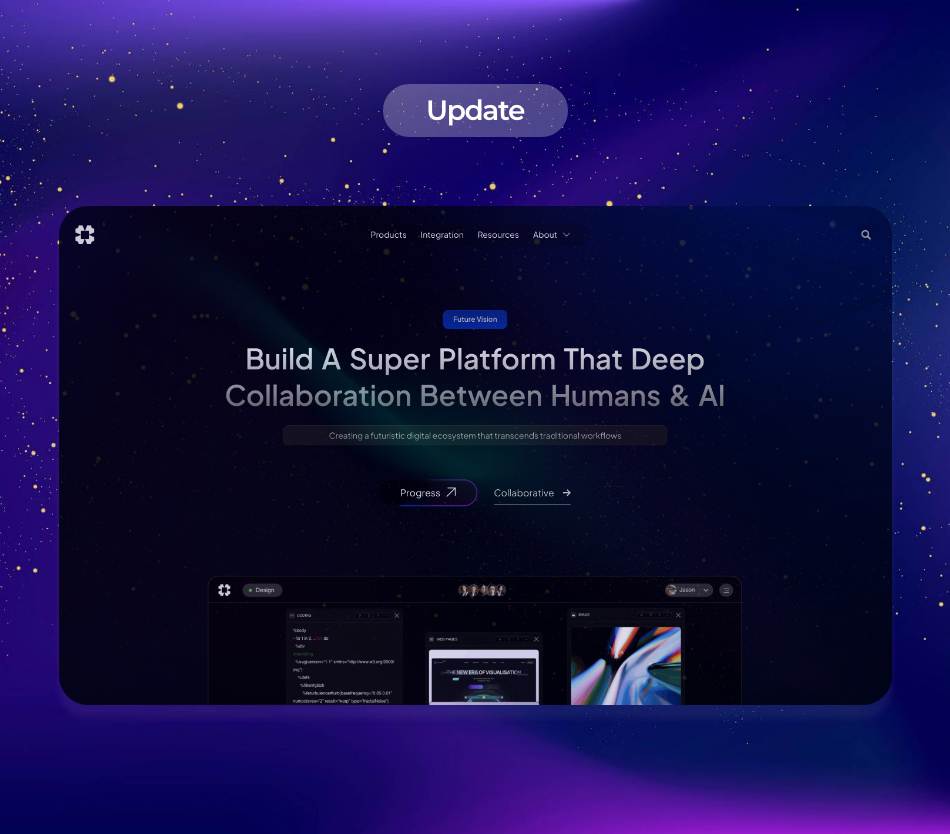In today’s rapidly evolving business landscape, organizations face an unprecedented level of complexity and uncertainty. With the ever-increasing volume of data, the potential for risks also escalates. As companies strive to navigate these challenges, artificial intelligence (AI) has emerged as a powerful tool for risk management. By leveraging AI technologies, organizations can enhance their decision-making processes and adopt a more proactive approach to identifying and mitigating risks.
.
AI for risk management encompasses various applications, such as predictive analytics, automated reporting, and scenario modeling. Predictive analytics allow organizations to analyze historical data trends and predict future outcomes, thus enabling them to identify potential risks before they materialize. For instance, industries like finance and insurance heavily rely on predictive modeling to assess credit risk and evaluate potential claims fraud by employing machine learning algorithms that detect irregular patterns.
.
Another significant aspect of AI in risk management is its ability to automate repetitive tasks and generate real-time reports. By employing AI-powered dashboards, decision-makers can obtain instantaneous insights into an organization’s risk profile. These dashboards can help visualize key performance indicators (KPIs), risk matrices, and compliance statuses, presenting an overview that aids in making informed decisions. Automation reduces human error, speeds up processes, and allows organizations to focus more on strategic initiatives rather than mundane administrative tasks.
.
One compelling use case involves the banking sector, where AI algorithms are used to flag suspicious transactions, effectively combatting money laundering and identity theft. Financial institutions are investing heavily in AI-based systems for real-time analysis of transactions to detect anomalies and automate compliance reporting, streamlining operations while enhancing security.
.
**AI for Real-Time Monitoring: Enhancing Operational Efficiency**
With the acceleration of digital transformation, organizations are increasingly relying on AI for real-time monitoring across various functions. AI-driven systems facilitate continuous monitoring and analysis of processes, equipment, and environmental conditions, enabling businesses to respond swiftly to anomalies that may indicate potential risks or failures.
.
Real-time monitoring using AI can be particularly advantageous in sectors such as manufacturing, energy, and healthcare. For example, in manufacturing, AI algorithms can assess machine performance and detect early signs of wear and tear. By implementing predictive maintenance strategies powered by AI, companies can reduce downtime, lower maintenance costs, and improve overall productivity.
.
In the energy sector, AI is revolutionizing how companies monitor their assets and manage resources. With the increasing adoption of IoT devices, AI systems can collect vast amounts of data from sensors distributed across energy grids. This data can be analyzed in real-time to optimize energy distribution, foresee maintenance needs, and enhance grid reliability.
.
One notable use case of AI for real-time monitoring is in the healthcare industry. AI technologies can track patient vital signs in real-time, enabling medical professionals to respond quickly to critical changes. Wearable devices equipped with AI algorithms can continuously monitor heart rates, oxygen levels, and other health metrics, enhancing patient care and potentially saving lives.
.
**AI in Smart Automation: Revolutionizing Business Operations**
Smart automation represents another significant area where AI is making a profound impact. By integrating AI with automation technologies, organizations can drive operational efficiencies, reduce costs, and improve responsiveness. Smart automation encompasses robotic process automation (RPA), AI-driven chatbots, and intelligent workflows that enhance decision-making processes and customer interactions.
.
RPA allows companies to automate routine, rule-based tasks, freeing up valuable human resources for more strategic initiatives. When combined with AI, RPA can evolve from simple task execution to complex decision-making. For instance, AI-enabled RPA can analyze unstructured data—such as emails or customer inquiries—to provide tailored responses or dynamically adjust workflows based on data analysis.
.
Furthermore, AI-driven chatbots are enhancing customer service capabilities across various industries. These intelligent systems can handle a multitude of inquiries simultaneously, providing users with instant support and assistance, regardless of the time of day. By analyzing customer sentiment and behavior, AI chatbots can offer personalized recommendations and escalate complex issues to human agents, optimizing the customer journey.
.
In the financial services industry, AI-driven smart automation is being utilized for loan processing, where the technology can quickly assess creditworthiness by analyzing numerous data points in real-time. This results in expedited loan approvals, enhanced customer satisfaction, and reduced operational costs.
.
**The Future of AI in Risk Management and Automation**
Looking ahead, the potential of AI in risk management, real-time monitoring, and smart automation is enormous. Organizations that embrace these technologies are likely to gain a competitive edge in their industries. The intersection of AI and data analytics will enable businesses to make more informed decisions, forecast trends, and develop strategies that align with their risk appetites.
.
Moreover, as regulatory environments become increasingly stringent, companies are finding themselves under pressure to comply with various standards. AI technologies can streamline compliance processes by automating reporting and monitoring, reducing risks associated with human error and oversight.
.
Additionally, as AI technologies continue to evolve, organizations must also consider ethical implications and data privacy concerns. It is crucial for businesses to implement AI responsibly, ensuring transparency and compliance with data protection regulations. By fostering a culture of accountability and ethical AI usage, organizations can mitigate potential reputation risks associated with AI adoption.
.
**Conclusion: Embracing the AI Revolution**
In conclusion, AI is undeniably transforming risk management, real-time monitoring, and smart automation across various industries. The capacity to analyze large datasets, provide real-time insights, and automate processes leads to enhanced decision-making and operational efficiencies. As organizations increasingly harness AI’s capabilities, they can navigate uncertainties, minimize risks, and pave the way for greater growth and innovation.
.
To stay competitive in this rapidly changing landscape, businesses must prioritize their AI strategies and invest in the necessary tools and training. As AI continues to evolve, so will the opportunities for organizations to harness its power for proactive risk management and operational excellence. The future holds immense potential for organizations ready to embrace the AI revolution, forging a path toward smarter, more resilient business practices.
.
**Sources:**
1. “Artificial Intelligence in Risk Management.” Deloitte Insights. [Deloitte](https://www2.deloitte.com/us/en/insights/industry/financial-services/artificial-intelligence-in-risk-management.html)
2. “How AI and Machine Learning are Revolutionizing Real-time Monitoring in Healthcare.” Healthcare IT News. [Healthcare IT](https://www.healthcareitnews.com/news/how-ai-and-machine-learning-are-revolutionising-real-time-monitoring-healthcare)
3. “The Future of Smart Automation: AI’s role in Business Efficiency.” McKinsey & Company. [McKinsey](https://www.mckinsey.com/business-functions/operations/our-insights/the-future-of-smart-automation)

























